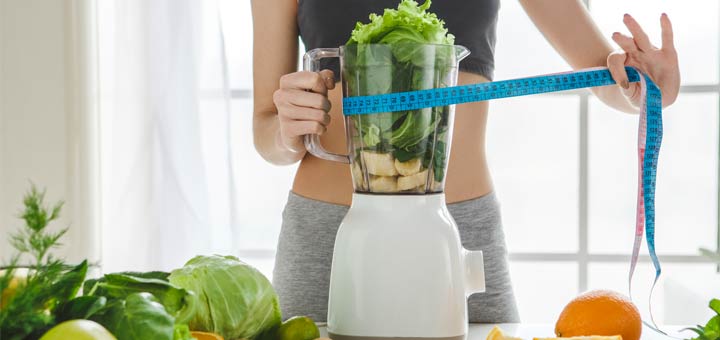In one of our previous articles about the ketogenic diet, we claimed that a person following the keto diet should predominantly focus on consuming plant-based foods. We aren’t about to recant that statement, in case you thought we were. According to research, that statement is quite accurate.
Due to the weight loss benefits people experience on the keto diet, we have received a lot of inquiries about the possibility of maintaining the keto diet while taking part in the Full Body Cleanse. If the keto diet should be plant-based, can it also be done on a raw vegan diet, i.e. the one that accompanies all of our cleanses? We have to clarify a few things before we give you a “yes” or a “no.”
One must first understand that there are many variations of the keto diet. All of these variations, which fall under the keto umbrella, help to get your body into a state of ketosis. Fat is your friend on the keto diet and carbohydrates are like distant relatives you only see once in while. The modified variations are a little more lenient with the amount of protein and fibrous carbs you can eat.
Getting your body into ketosis is no easy task. The body has to transition from using glucose for energy to fats and ketones. This process is different for every single person, due to the fact that exercise, total calories consumed, baseline metabolism, genetics, and more all come into play. One person may be able to consume 100 grams of carbs a day and be fine, while another person could consume five grams of carbs a day and be kicked out of ketosis.
How Do You Do Keto While Cleansing?
Because there are many approaches to keto, there are numerous online resources detailing plant-based keto recipes and meal plan recommendations. You don’t need to eat bacon-wrapped jalapenos stuffed with cream cheese in order to be keto. On the contrary, there are many raw, plant-based foods that satisfy keto requirements. You’ll find a few helpful tips to succeeding on the keto diet while cleansing below.
Befriend Oils
Because you won’t be consuming meats, you need to familiarize yourself with certain oils to obtain sufficient amounts of fat. You can obtain healthy fats from extra virgin olive oil, coconut oil, pumpkin seed oil, avocado & avocado oil, macadamia nut oil, and walnut oil, all of which are cleanse-approved.
Stick To Low-Carb Fibrous Vegetables
Since you have to limit your carbs, it is ideal to stick to fibrous vegetables while cleansing. Unfortunately, beets and other root vegetables contain a lot of carbs, so avoid them. Great low-carb vegetables to eat include broccoli, Brussels sprouts, all leafy greens (spinach, kale, chard, romaine, or arugula), celery, raw mushrooms, zucchini, cauliflower, and cabbage.
Track You Macros
We aren’t talking about calorie counting because you don’t do that while cleansing. You have to count your macronutrient ratios to keep your body in ketosis. Carbs are hidden in many foods you wouldn’t suspect, so it is recommended to get a chronometer app or the “MyFitnessPal” app.
Limit Fruit Consumption
While you are cleansing, it is crucial to focus your efforts on raw vegetables and raw nuts & seeds to remain in ketosis. It’s important to limit your fruit consumption. When you do eat fruit, make sure to eat the ones that are low-ish in carbs, including strawberries, blueberries, blackberries, and raspberries. You shouldn’t exceed a half-cup a day.
If you are worried about your protein sources, know that a lot of green vegetables contain protein. Additionally, nuts and seeds are great protein sources. Some great protein options include raw protein powder (like Garden of Life), hemp seeds, chia seeds, and flaxseeds.
The keto diet is only hard if you think it is. Blend an avocado with some ice, coconut oil, and a handful of spinach for a perfect keto smoothie. You’ll begin to find new raw keto options available to you every day.

Vincent Stevens is the senior content writer at Dherbs. As a fitness and health and wellness enthusiast, he enjoys covering a variety of topics, including the latest health, fitness, beauty, and lifestyle trends. His goal is to inform people of different ways they can improve their overall health, which aligns with Dherbs’ core values. He received his bachelor’s degree in creative writing from the University of Redlands, graduating summa cum laude. He lives in Los Angeles, CA.






















